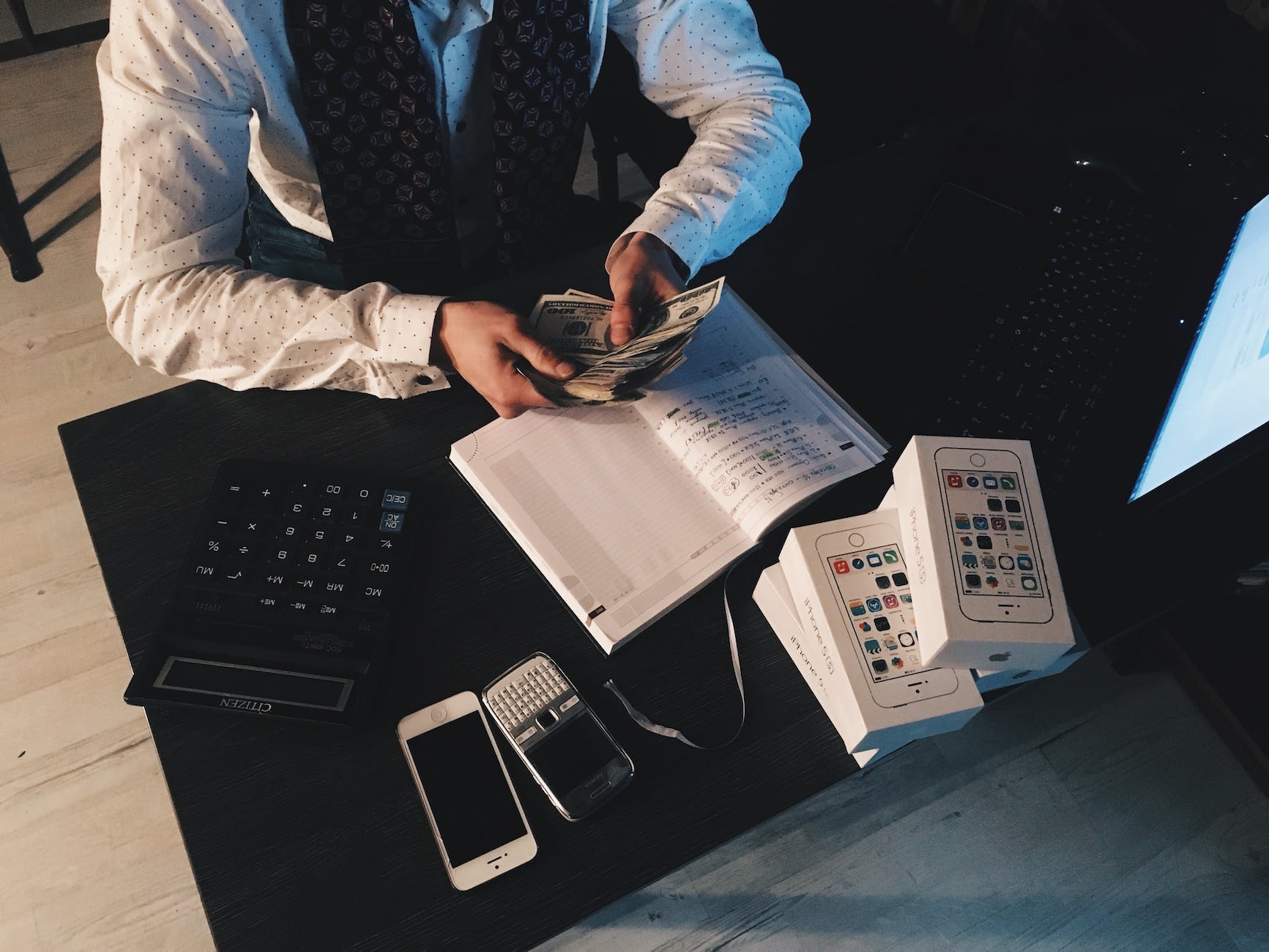Hey there, folks! If you’ve ever wondered what those mysterious numbers on a company’s financial report mean, you’re in for a treat. Today, we’re diving into the world of balance sheets – the ultimate decoder for a company’s financial health.
Balance Sheet 101: What’s in the Mix?
First things first, what’s a balance sheet? Well, think of it as a financial selfie for a business. Just like your own bank statement, a balance sheet shows how much money a company has, how much it owes, and what’s left over for the owners. It’s a snapshot at a particular moment in time, usually the end of a fiscal period, and it tells a story about the company’s financial picture.
The Two Sides of the Coin: Assets and Liabilities
Now, let’s break it down into the two main players on the balance sheet:
Assets: What a Company Owns
Assets are like the good stuff. It’s what a company owns, and it’s split into two categories:
- Current Assets: These are like your pocket change – cash, things the company will quickly turn into cash (like accounts receivable), and any goods they plan to sell (inventory).
- Non-Current Assets: These are the bigger things – property, buildings, equipment, long-term investments, and even those intangible assets like patents and trademarks.
Liabilities: What a Company Owes
Liabilities are the not-so-fun part. They’re what a company owes to others, and they’re also split into two categories:
- Current Liabilities: These are the quick bills – things a company has to pay within a year, like rent, utilities, or short-term loans.
- Non-Current Liabilities: These are the long-term commitments – things like long-term loans, pension obligations, or lease agreements.
The Magic Formula: Assets = Liabilities + Owner’s Equity
Here comes the balancing act. The total assets must equal the total of liabilities and owner’s equity (or shareholders’ equity, for a corporation). This is where the balance sheet gets its name. It’s like saying, “Hey, what we own equals what we owe plus what’s left for us!”
Owner’s Equity: The Icing on the Cake
Owner’s equity is that last piece of the puzzle. It’s what’s left for the owners (or shareholders) after all the bills are paid. You calculate it by subtracting total liabilities from total assets.
Why It Matters
You might wonder why this balance sheet stuff matters. Well, for starters, it’s crucial for understanding the financial health of a company. If the assets don’t cover the liabilities, it’s like being in the red at the end of the month – not good!
Investors, creditors, and even the company’s management use the balance sheet to gauge things like liquidity (how easily they can access cash), solvency (whether they can meet long-term obligations), and overall financial performance.
The Bottom Line
So, there you have it – the balance sheet in plain English. It’s a financial mirror reflecting what a company owns, owes, and what’s left in the kitty. The next time you’re eyeballing a company’s financial report, you’ll know exactly where to look and what it all means. It’s your backstage pass to the financial world, and it’s as simple as assets equaling liabilities plus owner’s equity. Easy peasy!




Leave a Reply